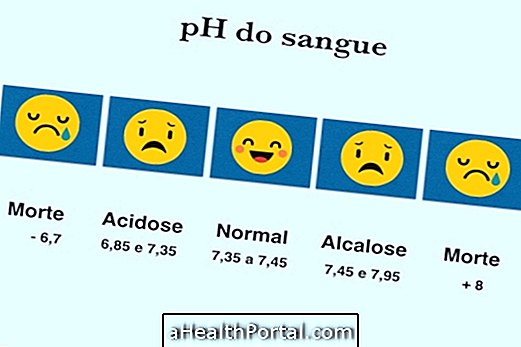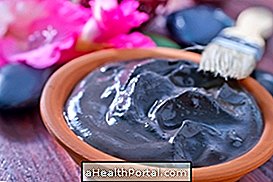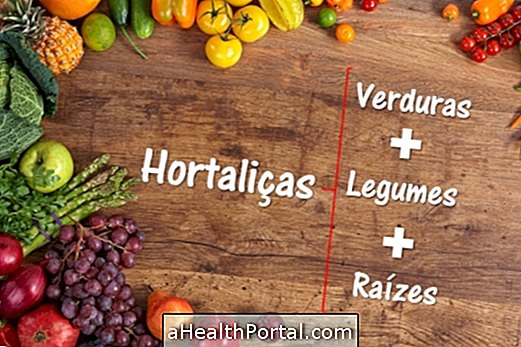The pH of the blood should be within 7.35 and 7.45 and the change in these values is a very serious situation, which puts health at risk, and even risk of death.
Acidosis is when blood becomes more acidic, with values between 6.85 and 7.35, while alkalosis occurs when the blood pH is between 7.45 and 7.95. When these values are below 6.8 or above 8, the individual is seriously at risk of life.
Keeping blood within normal ranges is important for maintaining the quality of the body's cells, which are fully covered by blood. So when blood is at its optimum pH the cells are healthy, and when the blood is more acidic or more basic the cells die sooner, with diseases and complications.

How to measure blood pH
The only way to measure blood pH is through a blood test called arterial blood gas, which is performed only when the individual is hospitalized in the ICU or ICU. This test is done by taking a sample of the blood, and its result shows the blood pH, bicarbonate, and PCO2. Learn more details of arterial blood gases.
Symptoms of acidosis and alkalosis
When the pH is above ideal, this situation is called metabolic alkalosis, and when the pH is below ideal, it is called metabolic acidosis. The symptoms that help to identify these changes in the blood are:
- Alkalose - pH above normal
Metabolic alkalosis does not always cause symptoms and, in most cases, the symptoms of the disease that cause alkalosis. However, symptoms such as muscle spasms, weakness, headache, confusion, dizziness and convulsions can also occur, mainly caused by changes in electrolytes such as potassium, calcium and sodium.
- Acidosis - pH below normal
Acid pH causes symptoms such as shortness of breath, palpitations, vomiting, drowsiness, disorientation and even death risk if it becomes severe and is not treated for pH regulation.
What can change the pH of blood
The pH of the blood can suffer a small decrease, becoming a little more acidic, which can happen due to situations like uncontrolled diabetes, in case of malnutrition, having consumption of the own proteins of the body; chronic bronchitis, exaggerated use of acetylsalicylic acid, and extreme respiratory distress.
However, the blood pH can also increase somewhat, with blood being more basic in case of frequent and uncontrolled vomiting and diarrhea in case of hyperaldosteronism, severe respiratory problems in case of fever or renal failure.
In any case, whenever the pH of the blood changes, the body tries to correct this alteration with compensation mechanisms, but this is not always enough, and in severe cases, there may be a need for hospital admission. But before this happens the body itself tries to normalize the pH of the medium, to keep the blood neutral.
Foods that acidify or reach the blood
The more acid the body is, the greater the effort the body has to make to maintain blood at a neutral pH, and the greater the risk of developing disease, so even if the blood is within normal range, blood a little more basic, through food.
Some foods that acidify the medium, giving more work to the body have to keep the pH of the blood neutral are:
- beans, eggs, flours in general, cocoa, alcohol, olive,
- cheeses, meats, fish, maize, sugar,
- milk, coffee, soda, pepper and sauerkraut.
Thus, to give less work to the body, reducing the risk of diseases, it is recommended to consume less these foods. Learn more foods that sour the blood.
Foods that help alkalinize the medium, making it easier for the body to keep blood pH within normal range are:
- apricot, avocado, melon, date, grapefruit,
- grape, orange, lemon, corn, celery, raisins, dried fig,
- dark greens and oats.
Thus, increasing the consumption of these foods helps the body to stay healthier, which can also help in preventing diseases. Learn more foods that alkalize the blood.

















.jpg)






